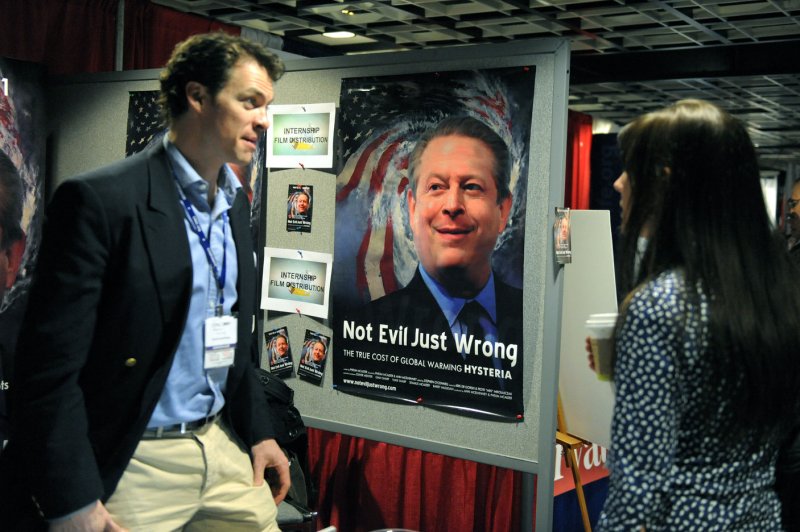MONTREAL, July 22 (UPI) -- Climate change skeptics have suggested a recent slowdown in the warming of the Earth is evidence that global warming is a farce and that climate models can't be trusted, but new research suggests the slowdown, or "pause," was not a significant disruption of larger trends.
The planet has been slowly warming over the last century or more. But in the last 15 years, that rate of warming has slowed. Temperatures are still high by historical standards; but between 1998 and 2013 they were slightly below what climate models had predicted. A small number of scientists and policy makers have pointed to the slowdown and discrepancy as proof that climatologists -- and the wider theory of global warming -- can't be trusted.















